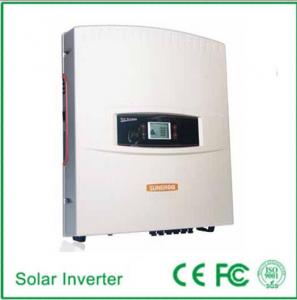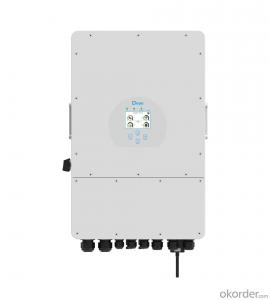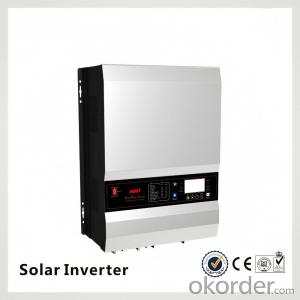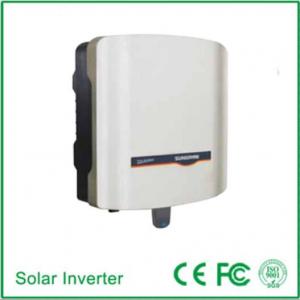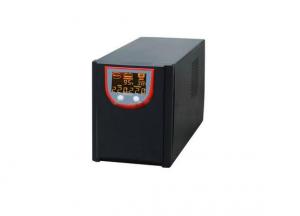Sako Hybrid Solar Inverter
Sako Hybrid Solar Inverter Related Searches
Kaco Solar Inverter Solar Hybrid Inverter Hybrid Solar Inverter Solar Inverter Hybrid Hybrid Solar Power Inverter Solar System Hybrid Inverter Inverter Solar Hybrid Smart Hybrid Solar Inverter Sma Solar Hybrid Inverter Sma Hybrid Solar Inverter Solar Hybrid Inverter System Inverter Hybrid Solar Hybrid Solar Charger Inverter Solar Panel Hybrid Inverter Hybrid Solar Inverter System Hybrid Inverter Solar Solar Edge Hybrid Inverter Buy Hybrid Solar Inverter Sunshine Solar Inverter Hybrid Solar Inverter Charger 1kw Solar Hybrid Inverter 1kw Hybrid Solar Inverter Jinko Solar Inverter 12v Hybrid Solar Inverter Sun Solar Inverter 6kw Hybrid Solar Inverter 10kw Hybrid Solar Inverter 10kw Solar Hybrid Inverter Japanese Solar Inverter 24 Volt Hybrid Solar InverterSako Hybrid Solar Inverter Supplier & Manufacturer from China
Sako Hybrid Solar Inverter is a cutting-edge product that combines the benefits of both solar energy and battery storage, offering a versatile solution for various energy needs. This innovative inverter is designed to optimize the performance of solar panels and store excess energy in batteries, ensuring a reliable and efficient power supply. The Sako Hybrid Solar Inverter is particularly useful in scenarios where grid-tied systems are not sufficient or where backup power is essential, such as in remote areas or during power outages.The Sako Hybrid Solar Inverter is widely used in residential, commercial, and industrial settings, providing a reliable and sustainable energy solution. It is ideal for those looking to reduce their reliance on traditional energy sources and take advantage of the abundant power provided by the sun. By integrating solar panels with battery storage, the inverter allows users to store energy for later use, ensuring a consistent power supply even when the sun is not shining. This makes it an excellent choice for areas with fluctuating sunlight or those who require a backup power source.
Okorder.com is a leading wholesale supplier of the Sako Hybrid Solar Inverter, boasting a large inventory to meet the demands of various customers. They offer competitive prices and reliable service, ensuring that businesses and individuals can access this innovative technology at an affordable cost. By partnering with Okorder.com, customers can benefit from the convenience of a one-stop-shop for all their solar inverter needs, making the transition to a more sustainable energy source simpler and more cost-effective.
Hot Products
